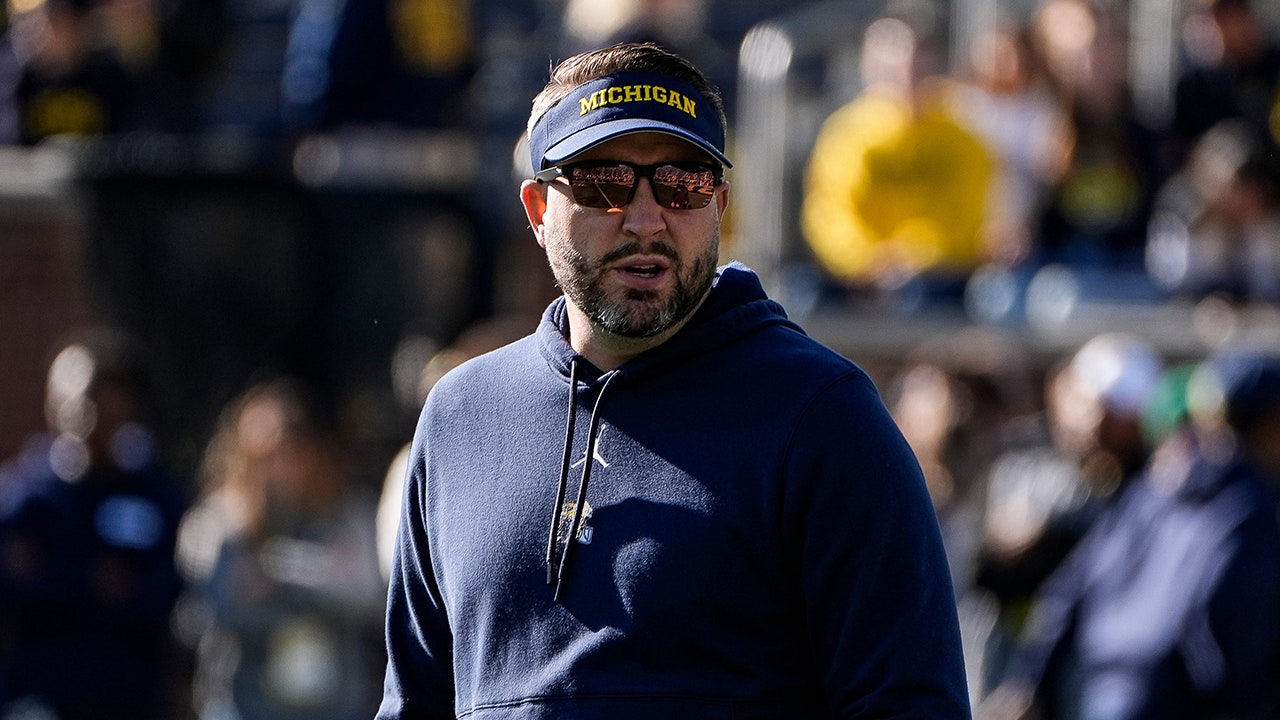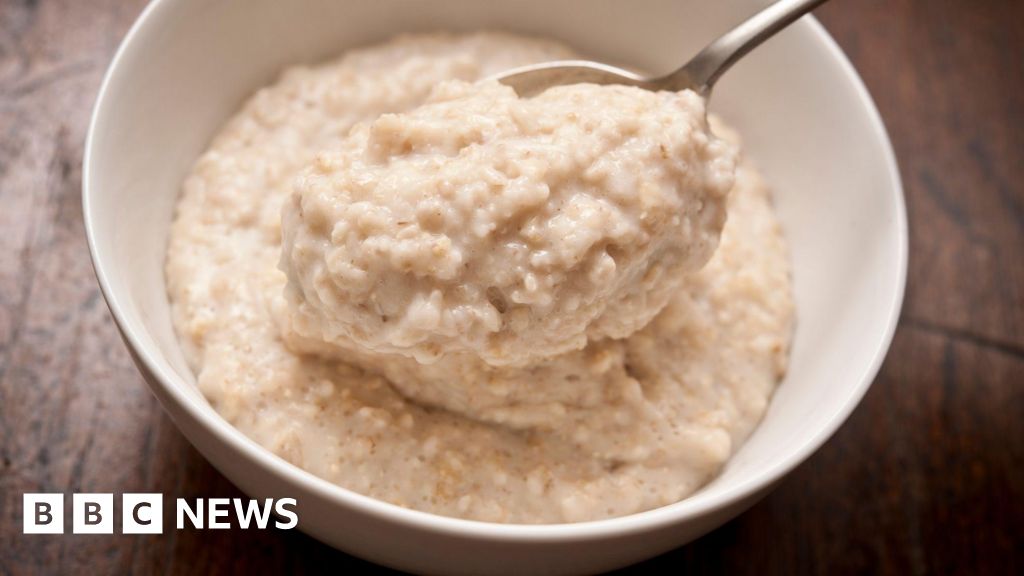View of the Yarra River flowing through Melbourne city centre in Australia.
Loop Images | Universal Images Group | Getty Images
Australia’s first-quarter gross domestic product expanded by 2.3% year-on-year, just slightly below analyst expectations.
Economists polled by Reuters had forecast an expansion of 2.4%, compared to the 2.7% expansion in the fourth quarter of 2022. On a quarter-on-quarter basis, GDP grew by 0.2%, compared to the 0.3% expected in the Reuters poll.
Katherine Keenan, head of National Accounts at Australia’s Bureau of Statistics, said: “This is the sixth straight rise in quarterly GDP, but the slowest growth since the Covid-19 Delta lockdowns in September quarter 2021.”
“Private and public gross fixed capital formation were the main drivers of GDP growth this quarter,” Keenan said.
The GDP readings are key to the Reserve Bank of Australia’s decision making process for its monetary policy. Just on Tuesday, the RBA surprised markets and raised its benchmark policy rate by 25 basis points to 4.1%, an 11-year high.
‘The narrow path’
Early Wednesday morning, Reserve Bank of Australia Governor Philip Lowe delivered a speech at the Morgan Stanley Australia Summit, reiterating his position that the central bank will seek to navigate a “narrow path” in the country’s monetary policy.
In this “narrow path” that Lowe envisions, Australia’s inflation returns to its 2% to 3% target range, the economy continues to grow, and gains in the labor market are preserved.
“It is still possible to navigate this path and our ambition is to do so. But it is a narrow path and likely to be a bumpy one, with risks on both sides,” Lowe said.
Lowe clarified that the intention to preserve labor market improvement “does not mean that the [RBA] will tolerate higher inflation persisting.”

As such, the decision to increase interest rates again was taken on Tuesday “to provide greater confidence that inflation will return to target within a reasonable timeframe,” he said.
Lowe listed the economic datapoints that the RBA will be watching to craft its moves forward, including the global economy, household spending, and growth in labour unit costs.
Abhijit Surya, who is the Australia and New Zealand economist at Capital Economics, thinks that while GDP has slowed and is forecast to slow more, productivity growth remains “dismal.”
Surya wrote that GDP per hour worked fell by 0.3% quarter-on-quarter in the period, resulting in a 4.6% annual fall in productivity — the largest on record.
He also adds that labor market data suggests that productivity will most likely have weakened further this quarter, which will prop up unit labour cost growth and keep services inflation stubbornly high.
Surya currently has a peak estimate of 4.35% for the RBA’s benchmark rate, but in light of the GDP readings and Rowe’s speech, he highlights that “there is a real risk that the RBA could raise rates even higher.”















































